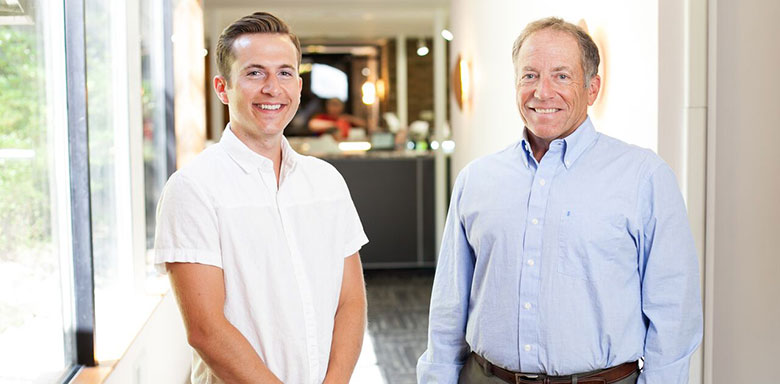Oral cancer screening is part of the intraoral examination you get each time you have a routine check up at your dentist. It’s something we never think about until it pops up in the news occasionally. A lot of media attention and public awareness efforts are focused on some of the more prevalent cancers, giving us information on screenings and what to look out for. Less information is broadcast for less common cancers, leaving us unaware of any action we should be taking. Oral cancer only counts for 3% of all cancers diagnosed. While that is a small percent, it is still 50,000 people per year.
Who looks out for your lips and tongue? Your dentist does. A cancer screening is part of the intraoral exam the dentist does at every routine check up. That part where you stick your tongue out to be checked, that’s part of the oral cancer screening. The dentist will also check the floor of your mouth, hard palate, soft palate, the back of your throat, all the different types of tissues in your mouth, and your lips too. So if you are compliant with scheduling your check ups, your mouth is getting a look over a couple times a year. If you have noticed any changes in tissue in and around your mouth and throat, please point it out to your dentist at your check up appointment for specific attention. At this time, no other routine screening methods or tests are recommended for the general public. As always, if you are concerned about an unusual development, please call us for an examination.
Risk factors for oral cancer are tobacco use and alcohol consumption. Ultraviolet light is a risk factor for skin and therefore is a risk factor for the lips as well. HPV (Human Papillomavirus) is a risk factor for oropharyngeal cancer- cancer in the throat. There are also some inherited genetic markers associated with certain types of oral cancers. The good news for patients that quit risk factors is that the risk declines over time and may even normalize after ten years or more.
What happens if your dentist sees an unusual spot or lump in your mouth during your routine check up? The dentist may take some photo’s and measurements to chart the size shape and color of the lesion upon discovery. The doctors at Restore Dental Arts have the experience that helps in making a decision on when to refer you to a trusted oral surgeon for a second look and possible biopsy.
Cancer is an unpleasant topic to be sure. You can get some comfort in knowing you have someone you trust keeping an eye on your mouth.
By Susan Peckat

